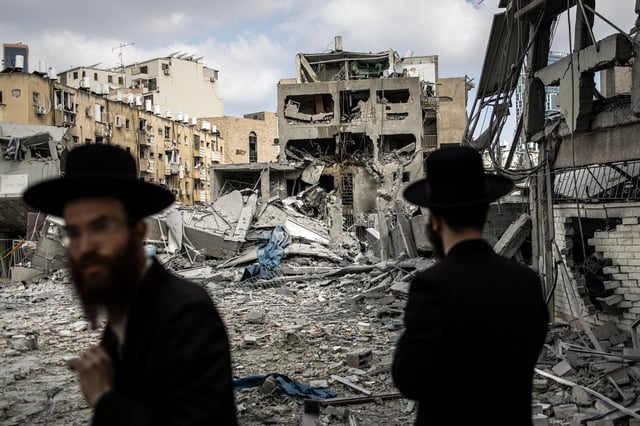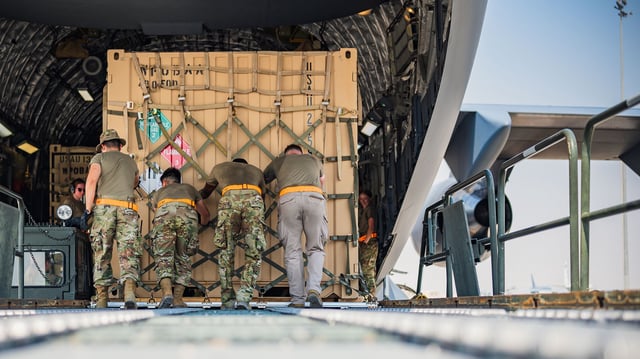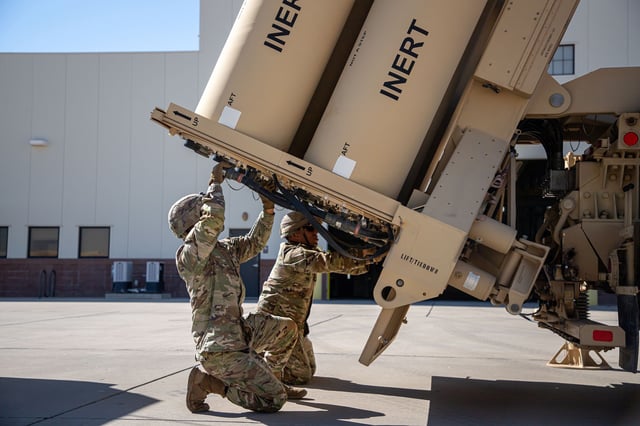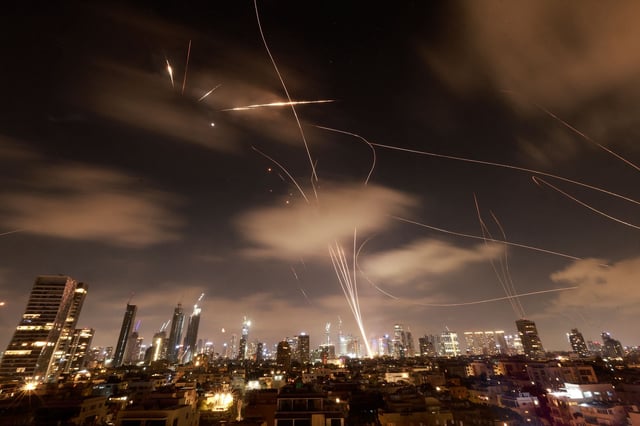Overview
- US military used a quarter of its THAAD interceptors in June’s conflict with Iran by firing over 100 missiles.
- The US produced 11 THAAD interceptors in 2024, expects 12 this fiscal year, and plans to acquire 37 more in 2026.
- Officials estimate that at current production rates it will take three to eight years to rebuild THAAD stocks.
- Former defense officials warn the depletion exposes gaps in the US missile defense network and weakens deterrence against China.
- The Department of Defense is seeking to accelerate interceptor manufacturing and enlarge munitions reserves to prevent future supply shortfalls.



